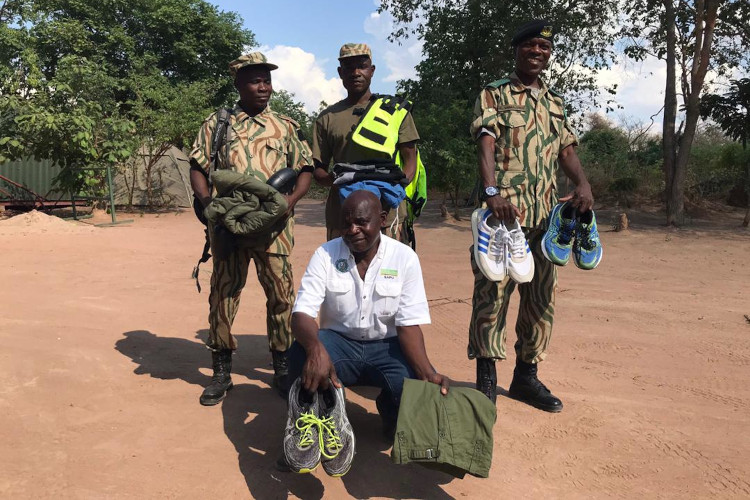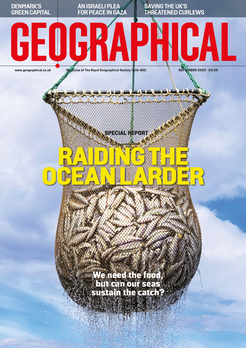
‘Inspirational’ Zambian ranger Neddy Mulimo is the winner of this year’s Tusk Wildlife Ranger Award
The day starts early for a wildlife ranger in one of Zambia’s national parks. Junior rangers are expected to rise at 5am, and be ready in their uniforms awaiting further details from their commanders. It’s a demanding and dangerous job.
This last year, Africa experienced its worst year on record for ranger deaths. According to the Game Rangers Association of Africa, 95 rangers across the continent were killed in the line of duty since July 2021; there have been 565 deaths since 2011. Risks often come from the wildlife they protect, especially if animals have been wounded or snared, but some of the greatest threats come during patrols against heavily armed poachers and militia groups.
Neddy Mulimo, senior ranger at the Specialist Anti-Poaching Unit (SAPU) in Mumbwa, Zambia, has frequently put his life on the line protecting his country’s endangered wildlife throughout his 35-year career. ‘It comes easily,’ says Mulimo, who received extensive military training while doing national service duties.

This military training came in handy while working in Zambia’s Blue Lagoon National Park, a protected area in the vast open floodplains of the Kafue river. To prevent poachers from seeing his teams from afar, he developed a strategy to dig trenches for his rangers to take cover. ‘That allowed my officers to get close to the suspects and apprehend them,’ he says. He also introduced night patrols which he insisted on leading himself. ‘Anytime I asked my men to do something, I led the way. I didn’t just give them instructions.’
As well as his commitment to conservation, Mulimo has sought to improve ranger tactics and working conditions, implementing a mentorship for young wildlife rangers coming into this difficult role. ‘That way, when all the old men like myself leave, our knowledge will be passed on to future generations.’
In acknowledgement of his hard work and dedication, Mulimo has now been nominated as the winner of this year’s Tusk Wildlife Ranger Award, a prestigious award granted to the men and women who face danger day and night to protect Africa’s wildlife, which will be presented at the Tusk Conservation Awards on 1 November at Hampton Court Palace.
SAPU was established by Game Rangers International to disrupt poaching and trafficking networks in Zambia. To date, it has been responsible for the arrests of 710 poachers and traffickers, the seizure of 361 illegal firearms and 372 kilograms of ivory, and the recovery of 15 live pangolins. Zambia is home to some of Africa’s most endangered wildlife that also includes the African elephant, the African wild dog, the white rhino and the endemic Kafue Lechwe, a species of sub-aquatic antelope.




